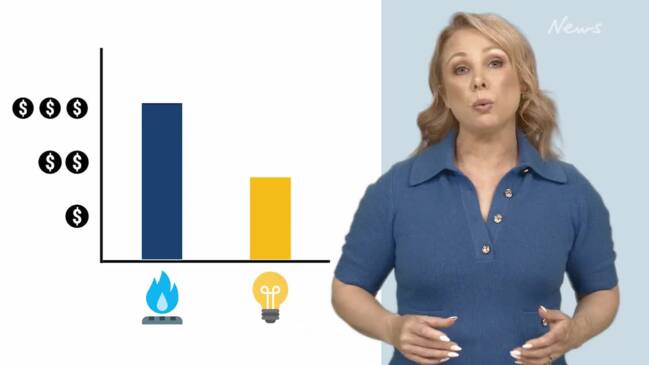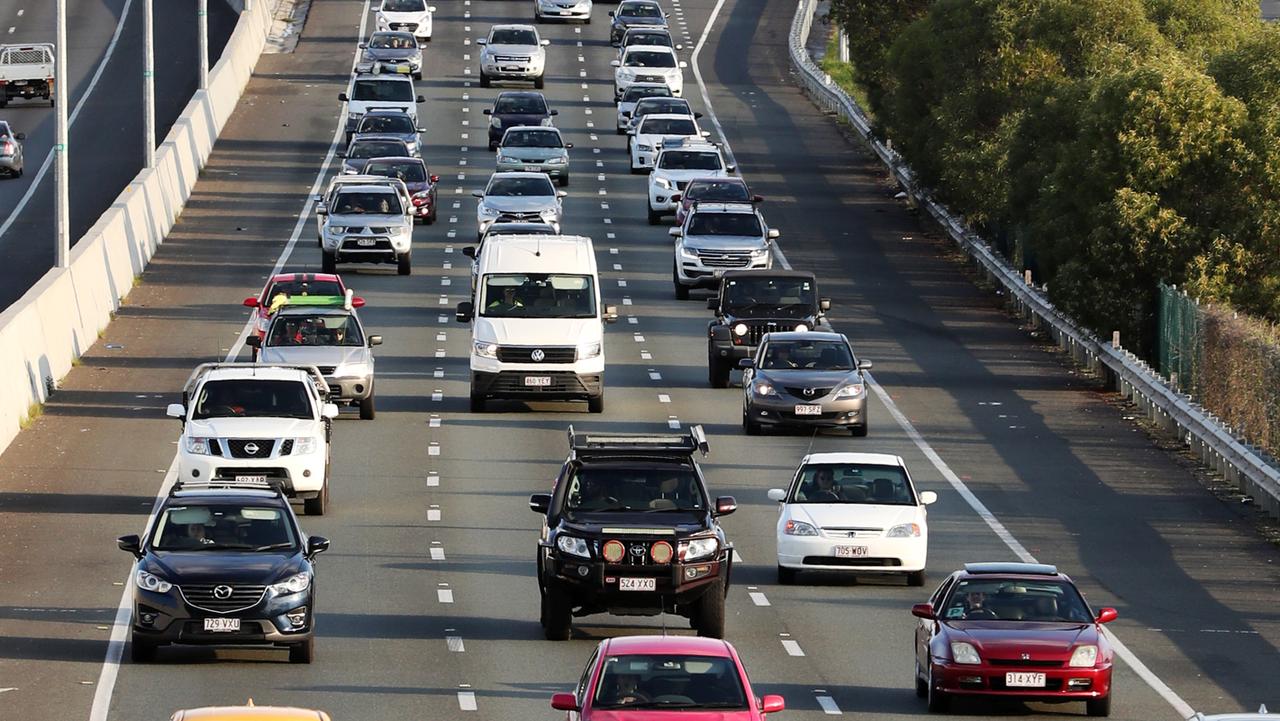Plugging into a greener future with household electrification
Australia is amping up for an electric transformation to limit the impacts of human-induced climate change. Host of the inner west's Changing Climates series, Dr Sarah Perkins-Kirkpatrick, explains why.

HyperLocal
Don't miss out on the headlines from HyperLocal. Followed categories will be added to My News.
When we heat our food, our homes and our water, we're also warming up the outside world.
This is because every time we use fossil fuels to power our homes, harmful greenhouse gas emissions are released into the atmosphere.
We're already seeing the impact of these emissions in the form of rising temperatures right here in the inner west.
In fact, the average daytime temperature during spring in the inner west has increased by around 2C since the early 1970s.

Fortunately, Aussies are beginning to plug into a new, clean, green way of living in the form of 'household electrification'.
The buzz around electrification
Imagine a future where your home is not just a place of comfort and warmth but also sustainable and cheap to run.
This is what household electrification aims to achieve.
Household electrification is the process of swapping out traditional gas-powered appliances for highly-efficient electric ones.
But why make the switch?
Traditionally, Aussie households have relied on gas for power and warmth – heating rooms, water, and allowing us to cook up a storm in the kitchen.
In fact, over a sixth of the country's total gas use occurs in the residential sector, resulting in the release of harmful greenhouse gases.
These emissions are equivalent to flying from Melbourne to London and back nearly one and a half million times.
In contrast, electrification gives us the opportunity to drive down emissions by tapping into Australia's abundant renewable energy resources like solar and wind.

Green machines
There are a wide variety of efficient, cost-competitive electric technologies ready to replace our gas-guzzling appliances.
These include:
Induction Cooktops: Instead of an open flame, these use a magnetic field to heat pots and pans directly, which provides a faster, more precise, and safer cooking experience.
Split System Air Conditioning: An efficient and safe heating option that converts more energy into heat than its gas counterpart, and limits indoor air pollution.
Hot Water Heat Pump Systems: Using the same technology as split-system air conditioners, hot water heat pumps generate three times as much heating energy in water as conventional gas-powered systems.
They're also suitable for all Aussie climates and can be powered by rooftop solar.
Saving money, jobs, and health
Electrification isn't just great for the planet, it will help save money, create jobs, and keep us happy and healthy.
Since 2012, gas prices have risen almost twice as fast as electricity.
This means that gas appliances are becoming more expensive to run every year, compared to electric ones.
Fully electrifying Aussie homes would save households approximately $4.9 billion a year – that's around $450 per household.
This move will also create jobs.
In fact, electrification of residential gas across the country is expected to create around 20,000 full-time jobs over a 10 year period.
These jobs will include plumbers and electricians, and a workforce to disconnect old gas appliances and install new electric ones.
And, even more employment is expected from the continued installation of rooftop solar and batteries.
Finally, electric appliances help keep our homes healthy by limiting the release of harmful pollutants, like methane, into the air when we use them.
Sparking change
While electrifying our homes is an exciting prospect, it will be no easy feat.
Around 13 million gas appliances will need replacing, and a smooth rollout will require effective policy, training for workers, and of course programs to make sure electrification is accessible for all.
Luckily, there are a range of government policies and programs already in place to help us electrify.
These provide financial assistance and resources, particularly to low-income households and vulnerable groups, to maximise energy efficiency.
In the meantime, there are many ways we can keep power bills low and our planet happy.
Investing in heavy weight curtains can protect our homes from outside temperatures without needing to turn the gas on.
And, simply switching off lights, appliances, and heating or cooling systems when not in use can help keep money in our pockets.
Electrification offers an opportunity to reduce emissions, improve public health, and cut long-term living costs.
It's time to get amped up and help limit the impacts of climate change by keeping our homes clean and green.
Let's hear from our community:

Want more information on how your climate is changing? Check out the last article in this series.
Associate Professor Sarah Perkins-Kirkpatrick is a climate scientist at the University of New South Wales.
This column is part of a collaboration between Monash University and News Corp to deliver hyperlocal weather and climate information.

